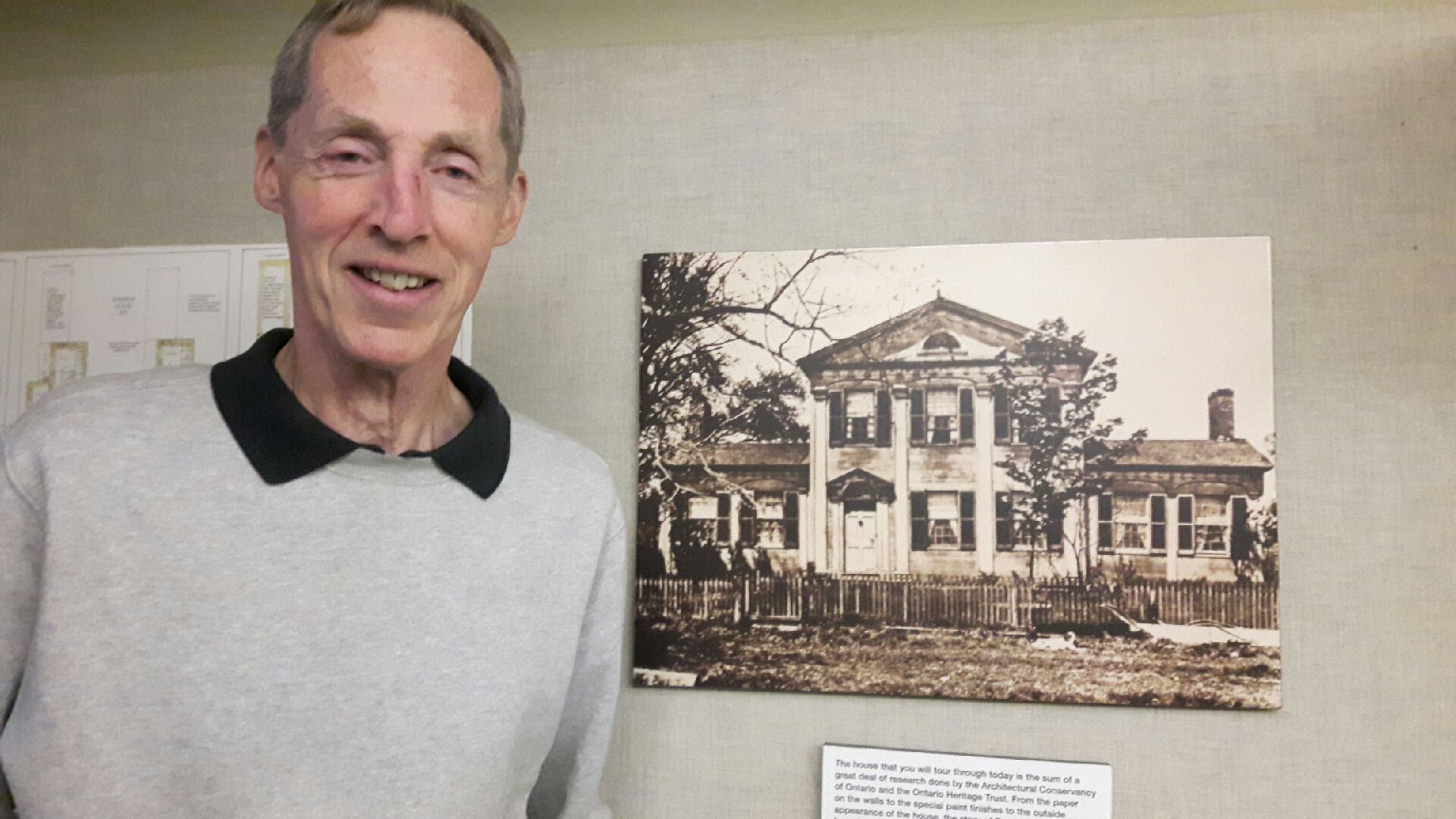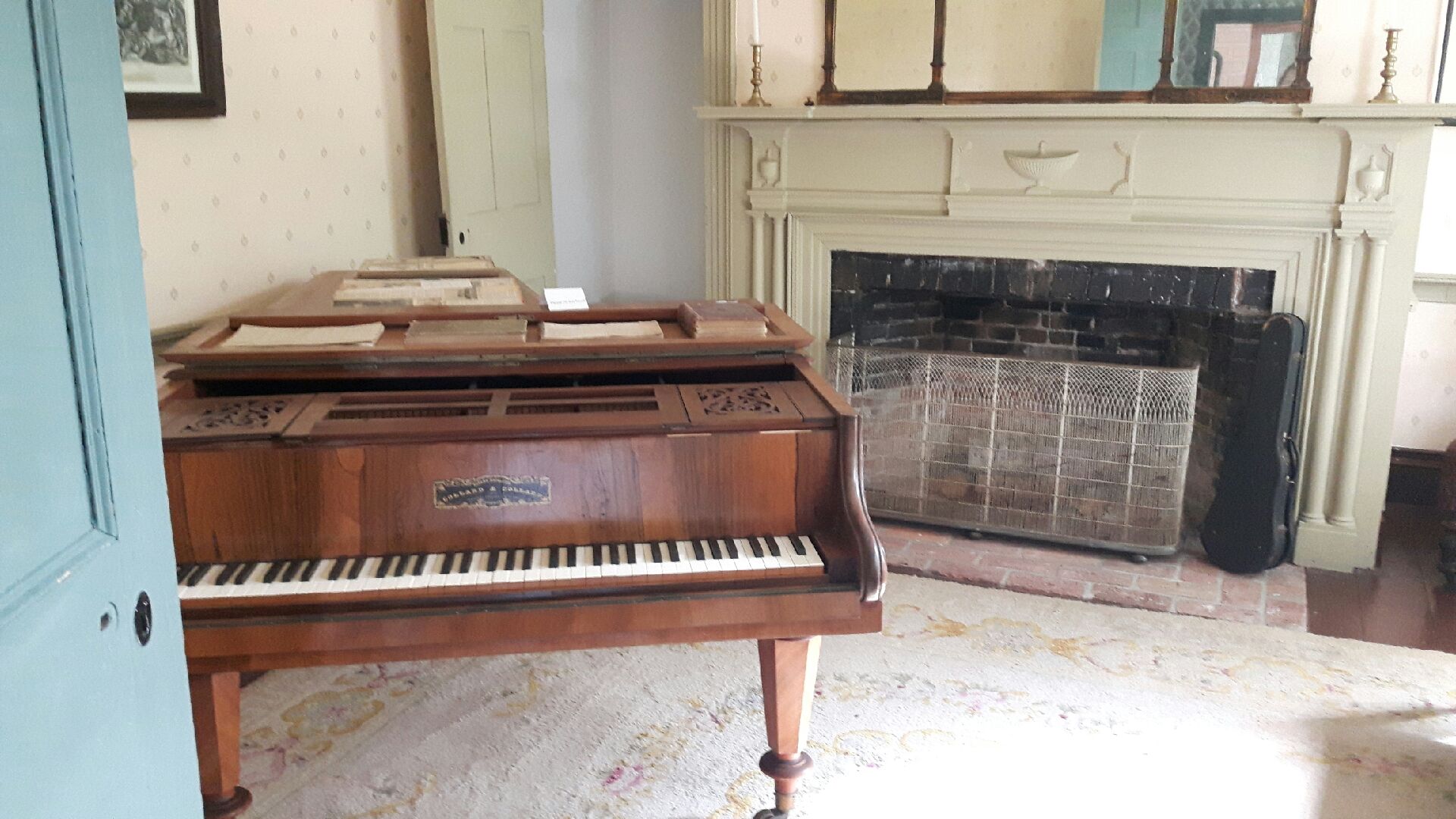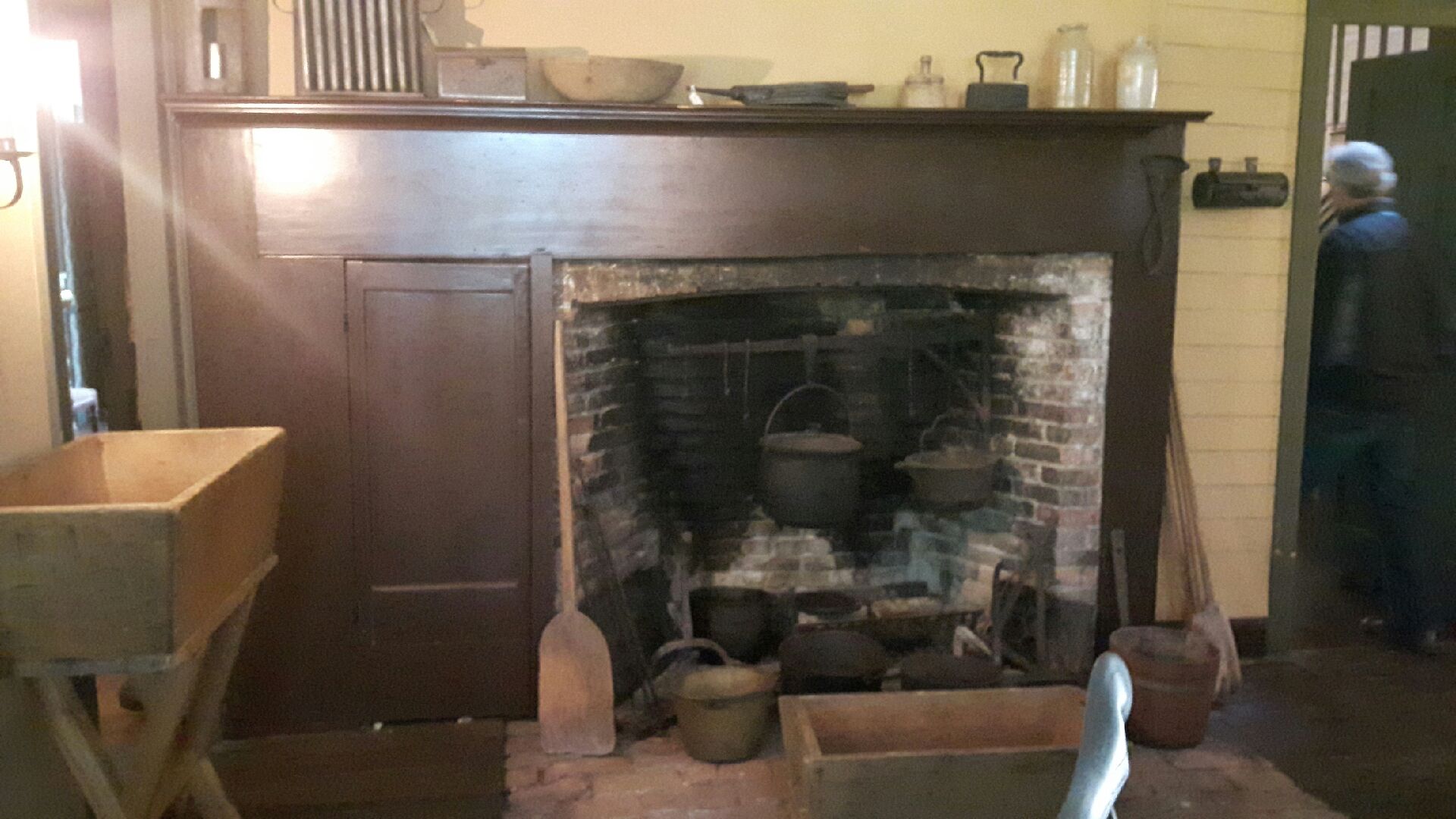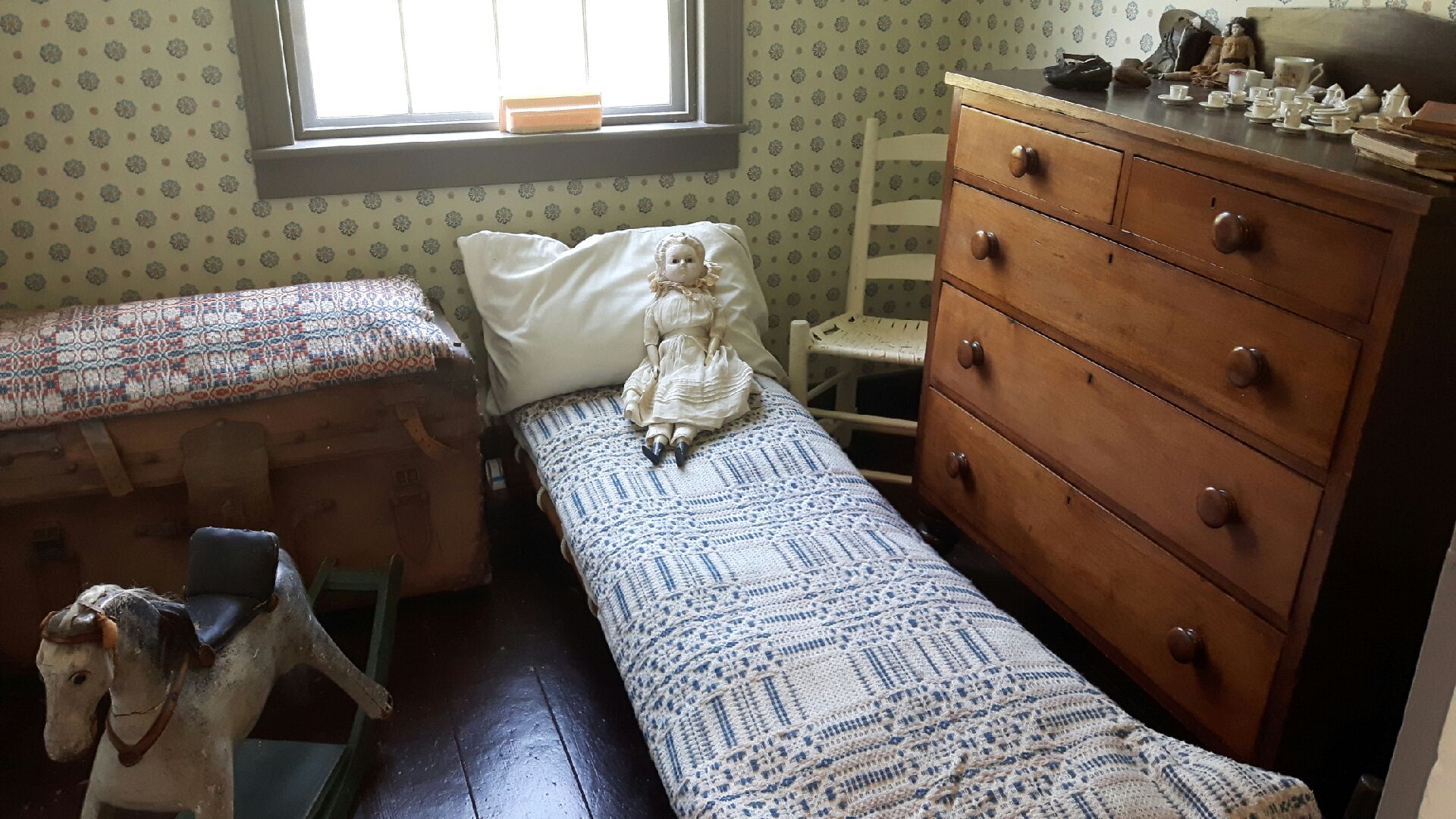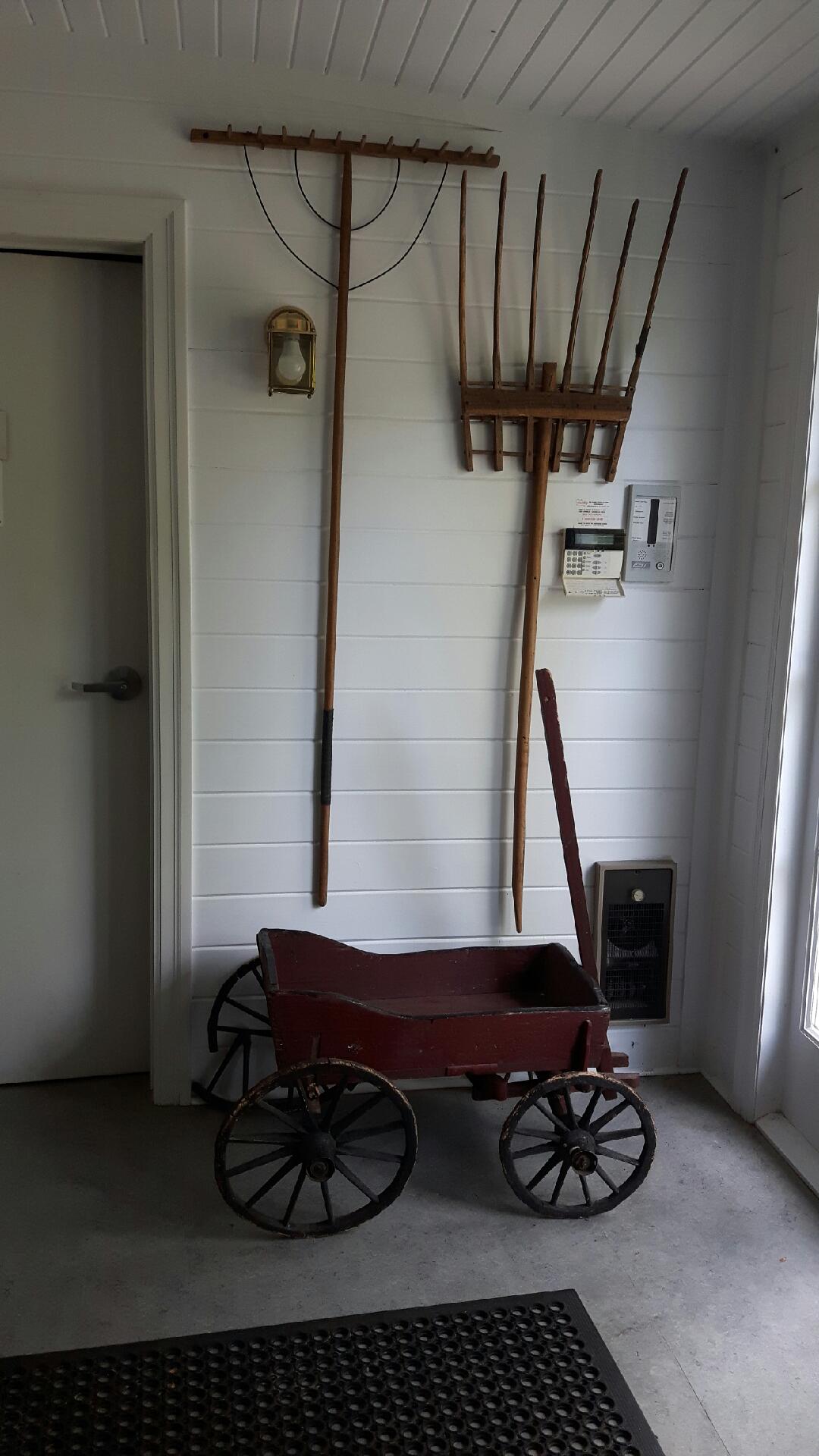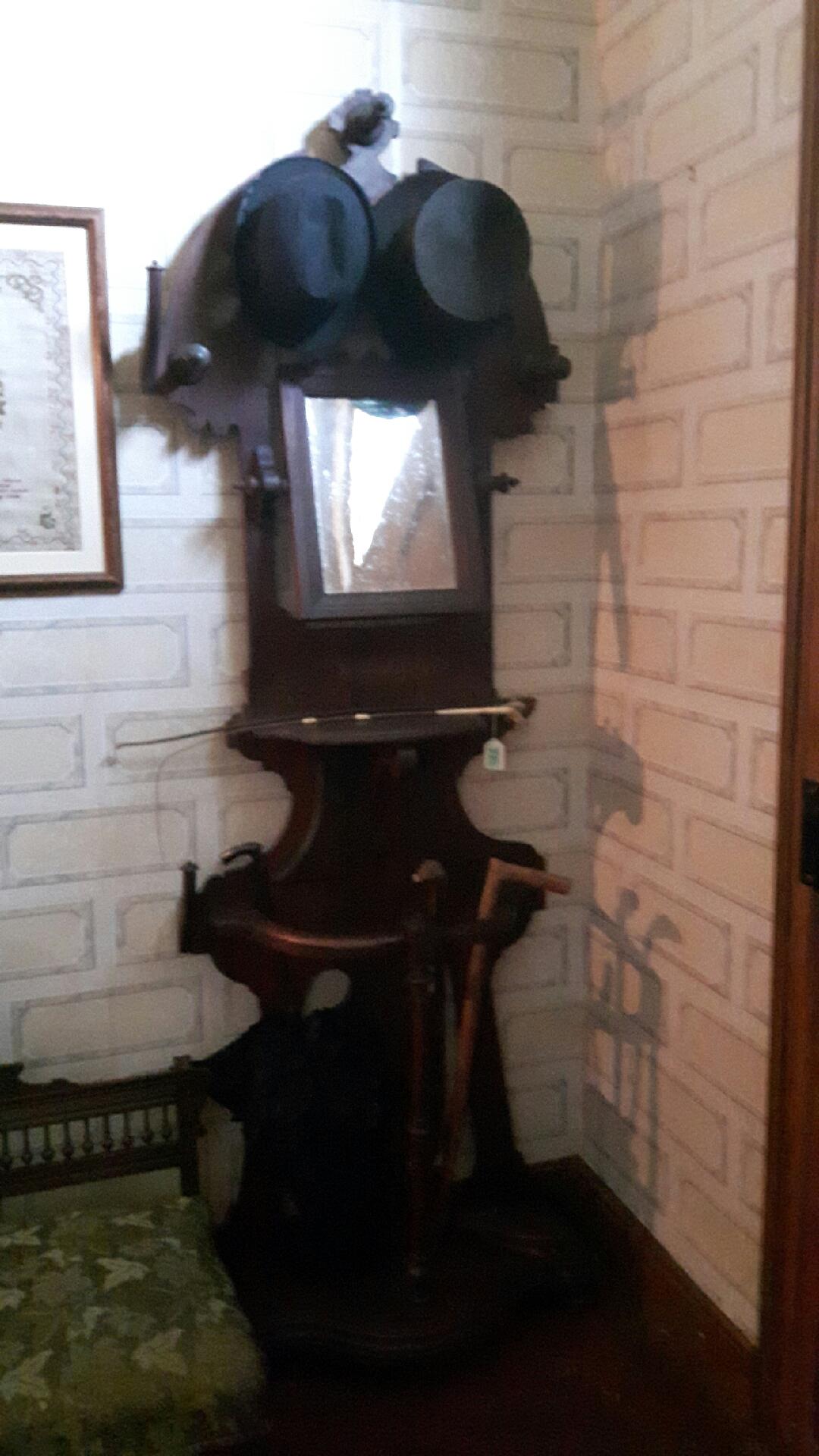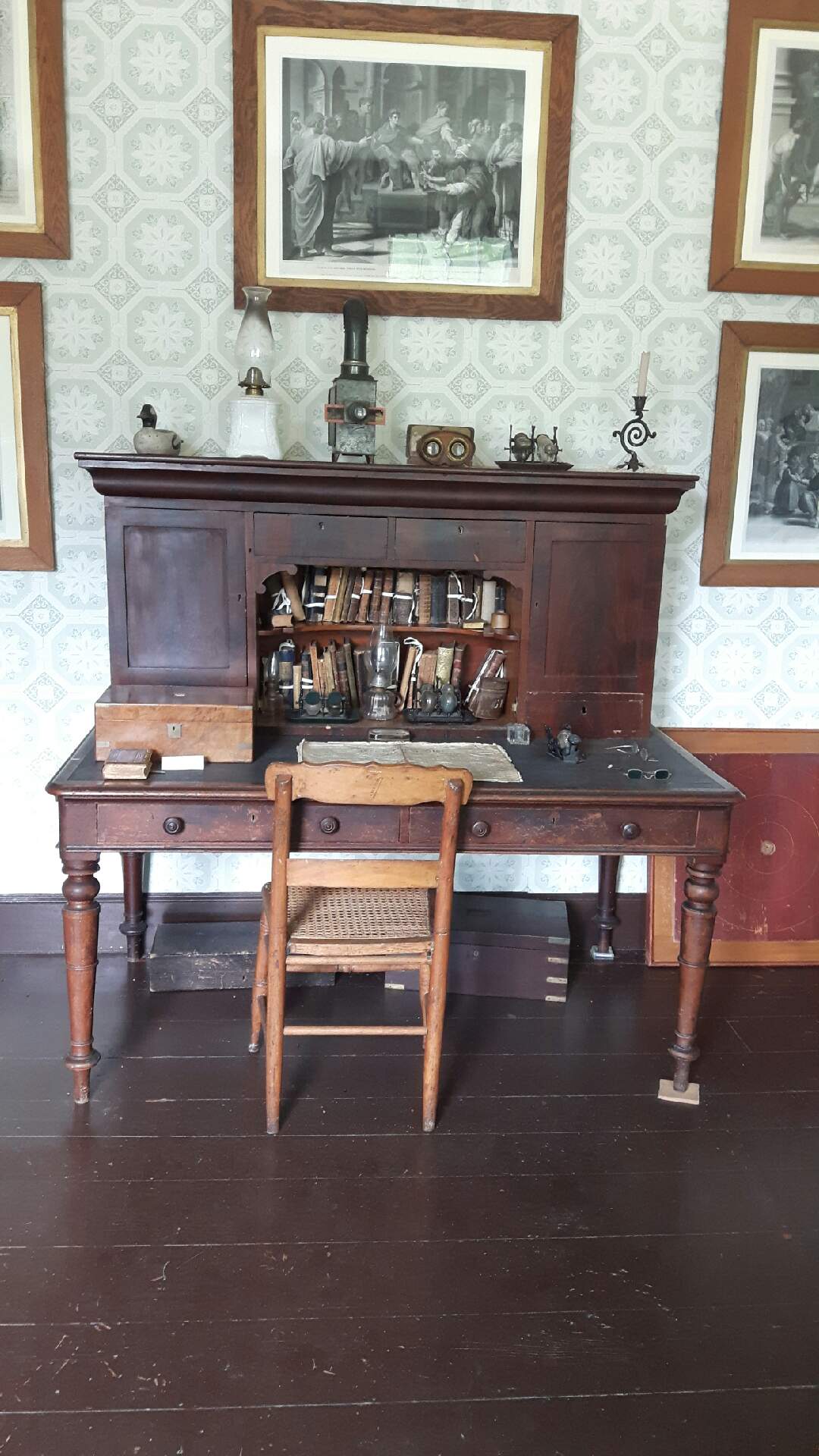The Ontario Heritage Trust has owned it for more than 30 years, Holland said, taking it over from what was then Haldimand Township. The addition put on its rear in the late 1980s added up-to-date kitchen and bathroom facilities upstairs and a reception area and gift shop downstairs.
It had typical museum seasons for years, with periodic activities like a very popular Victorian Christmas dinner. Summer seasons saw family and children's activities, with such summertime programming as art shows and country fairs (not to mention the Sunday-afternoon teas with freshly baked treats in the upstairs ballroom). There was even a walking trail through the acreage at the back of the house.
That all ceased in about 2002, Holland said. Since then, except for an isolated low-key season or two, it has only been open for Doors Open events.
A member of the East Northumberland ACO branch contacted the Ontario Heritage Trust to enquire about the state of the museum, urging some kind of feasibility study that might see more use made of the facility. In the meantime, in partnership with the provincial ACO, the branch has negotiated with the OHT for a one-year custodial arrangement that will see it used at least for the branch's purposes – within certain constraints (such as not moving the furnishings around and statutory occupancy limits).
“Basically, what we are doing is using it for meetings and using it for summer events like the ACO barbecue in early August,” Holland said.
This year's Doors Open saw 500 visitors (including three in Victorian costume, taking a break from the provincial town crier's competition down the road at the Grafton Village Inn). The house was also subsequently part of a larger East Northumberland house tour, hosting a reception at the end of the event.
“A subcommittee of the board has been struck to try to come up with ideas of what to do with it,” Holland said.
The arrangement began in March – not long after the unpleasant discovery of mold in the house delayed the agreement.
Representing the residence of a successful businessman of 1819, the house is fitted out with authentic furnishings of that period that tell us much about how such a family would live (that servant's bedroom off the kitchen, for example).
The Ontario Heritage Trust has some 28 houses and a number of conservation areas, Holland said, but this one is of special interest.
University of Toronto professor of architecture Eric Arthur came across the house in 1933 and was so struck by its Neoclassical architecture that he brought his students to see it – and bought it himself in the late 1930s for $4,000.
He eventually realized that its maintenance and upkeep were beyond his means, which is when he created the Architectural Conservancy of Ontario in the 1940s.
The ACO kept it for about a decade, then sold it to the township. About a quarter-century later, the OHT (then the Ontario Heritage Fund) acquired it.
The role of the East Northumberland ACO branch is not to make the museum what it was – just to ensure that the house is used to some degree.
“Temporary custodians – that's strictly our role,” Holland said.
If possible, he added, “we are hoping to encourage the Trust to consider something for the house that will be feasible.”
The OHT was paying money just for the building's upkeep anyway, such as the $600 spent monthly to have someone make periodic visits for security purposes. For many reasons, Holland said - from the expenses to the mold – it's so much better to have the house used to some degree than sitting empty.
